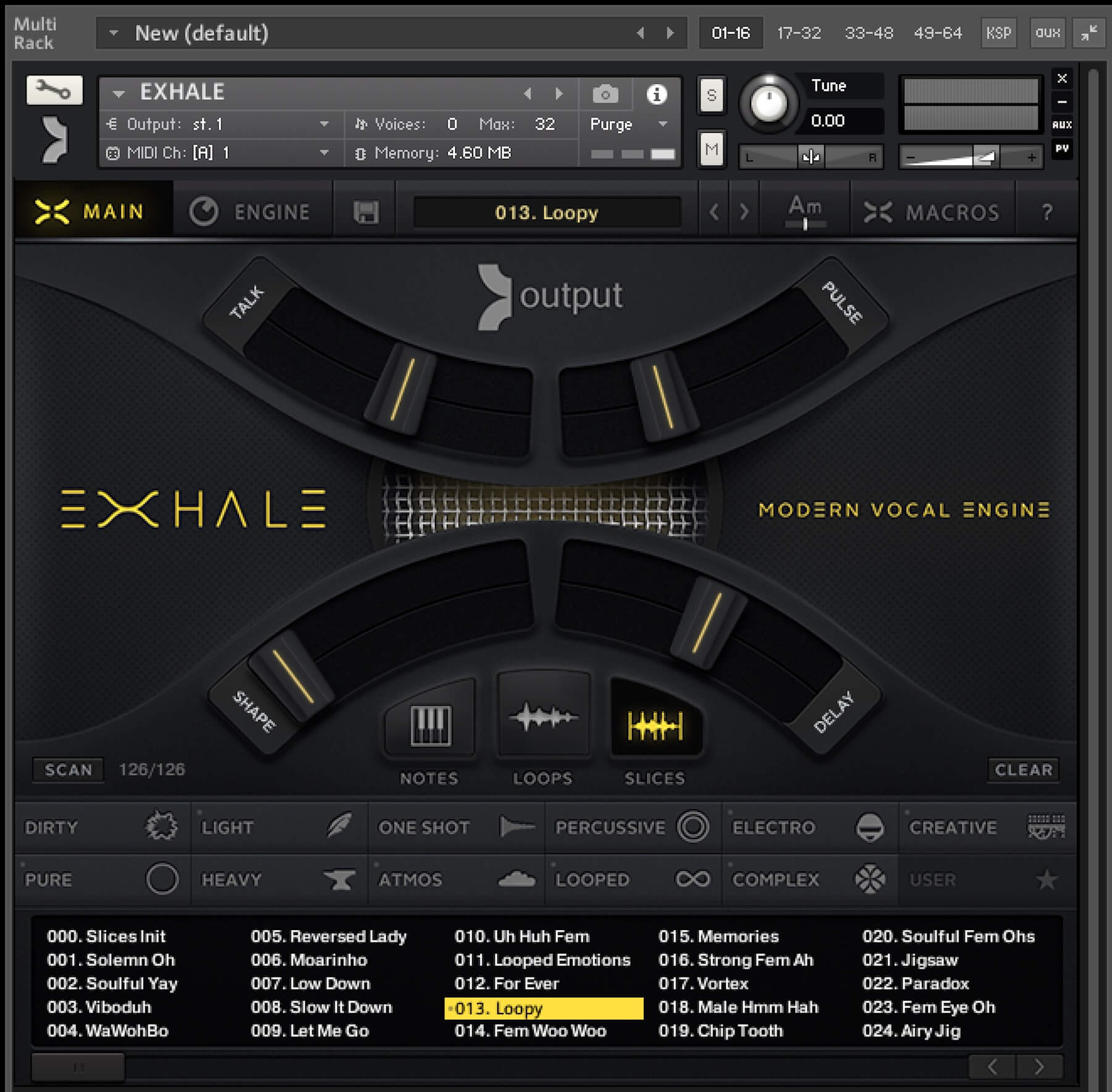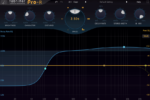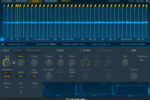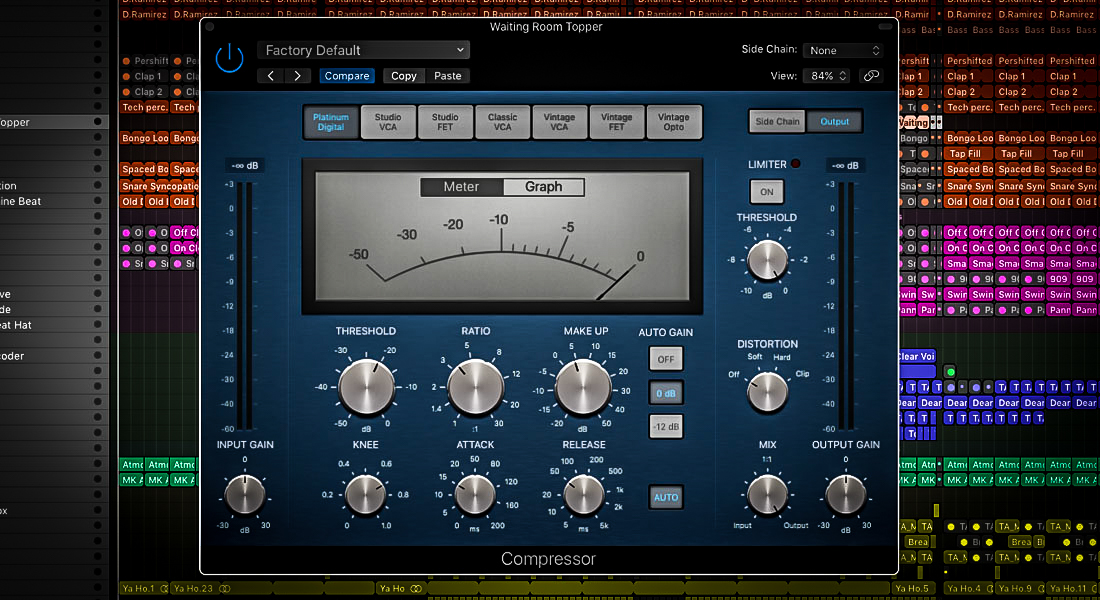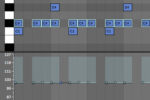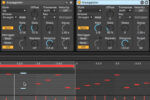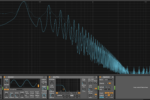How to create vocal chops
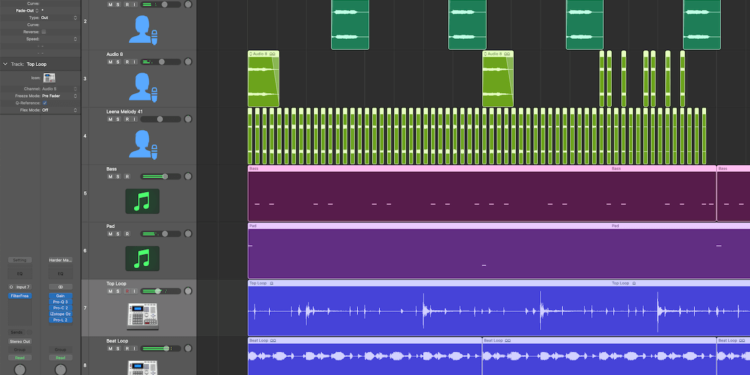
Ask yourself if you know this lyric… ‘right here, right now, right here, right now, right here, right now, right here here here here…’. I’ll bet you do. ‘Right Here, Right Now’ is just one example of a song whose lyrical contribution is delivered via vocal chops. These are short musical phrases which are used, repetitively, to punctuate a song with a condensed, focused vocal message.
What makes vocals so important?
A vocal line will always draw the ear more than any other element within a production. We’ve all heard great instrumental hooks but we’re pulled towards lyrics and vocal performances by a unique magnetism. This should come as no surprise, as we like the music we like because we can connect to it in some way which makes it ours.
The very best songs feel like their lyrics were written just for us, or that they’re something we can share with people who see the world with a shared vision. But that’s not to say that vocals need to adopt familiar song structures in order to hook us and capture our interest.
Yes, the narrative arc of a song which progresses from a verse to a chorus is a road well trodden and has delivered some of the most powerful music ever written.
Vocals set the mood
I’ll bet that whenever you hear ‘Right Here, Right Now’, it somehow seems to set the mood for whatever is about to happen more succinctly than any track with multiple lines of lyrics ever could. Fatboy Slim’s track continues to draw listeners nearly a quarter of a century after its release and its continued presence before coverage of major sporting events is no coincidence; it’s a clarion call to something vital, something you can’t look away from, something with undeniable importance and significance. And via two sampled lines, you’re a part of whatever is about to happen.
The history of Vocal Chops
When hardware samplers first became commercially available, their limited sample memory meant that short samples were often all that was available to forward-thinking producers, triggered via MIDI. For a couple of early examples of songs with vocal chops, listen to Jean-Michel Jarre’s Zoolook album from 1984 and the seminal ‘Pump Up The Volume’ by Marrs from 1987, both of which are iconic examples of the power of chopped and looped vocal components.
Vocal Chops in modern-day DAWs
These days, vocal chops can be triggered in a few ways. You can still drop a phrase into your sampler (which is likely to be software-based these days) to make integration within your DAW project straightforward. Assign a single sample across the keyboard range to be able to trigger it at different pitches, or assign multiple chops from the same (or diverse) vocal sources to different keys to give you a chance to experiment with assorted vocal ‘moments’ at different points in your track.
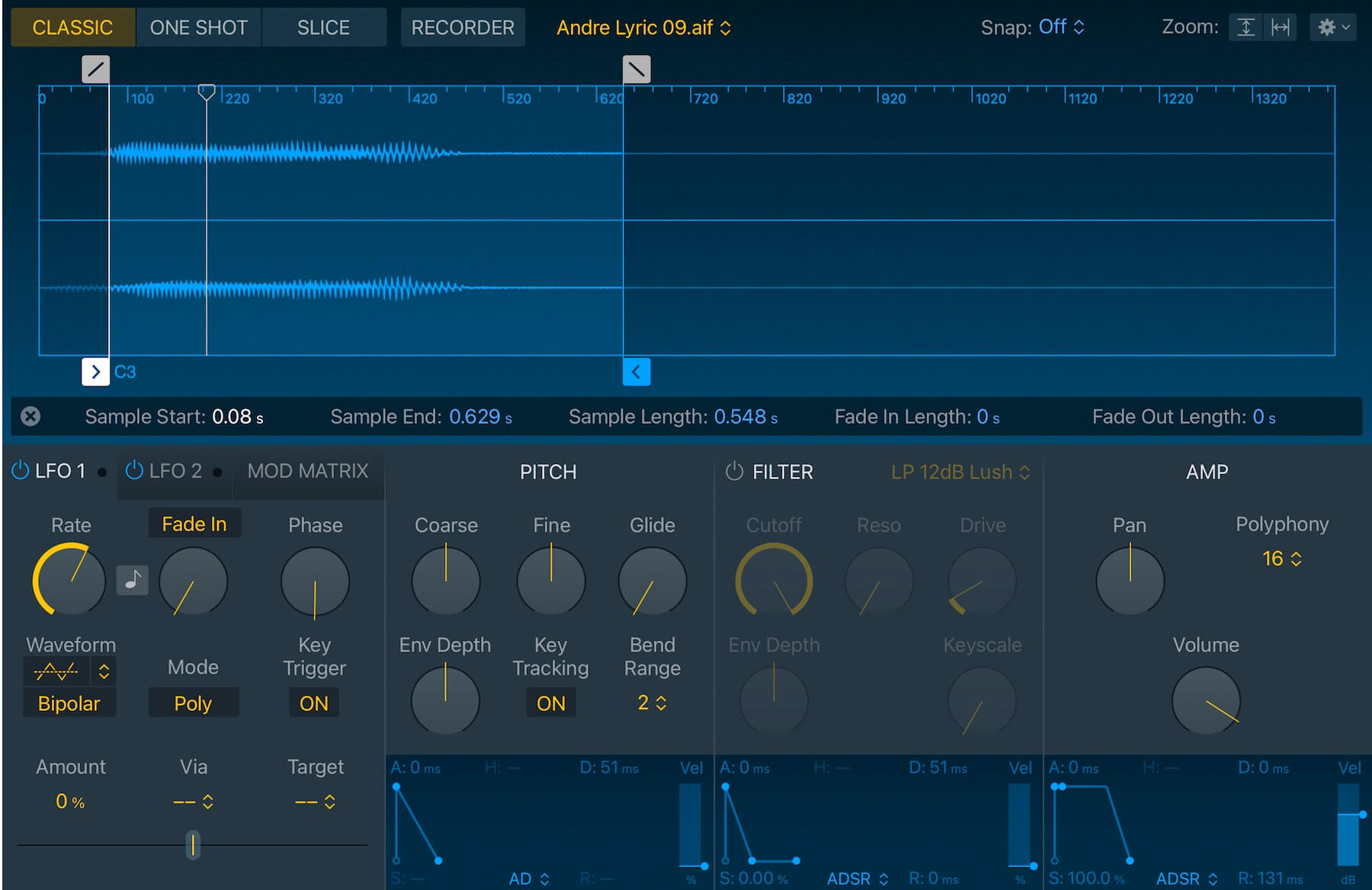
Alternatively, you can skip the sampling part and simply use the audio editing capabilities of your DAW to arrange your vocal chops on audio tracks. Use the Scissors/Cut tool to adjust the start and end points of each chop and, perhaps, be ready to apply short fades at the start and end of each vocal region to avoid any clicks.
Learning how to use ‘Nudge’ can be helpful too; there’s often an implied rhythm in the best vocal chops and gently pushing phrases back and forth by a few fractions of a beat can help tighten timing and make phrases sit comfortably against the groove of your track.
Another approach is to use a dedicated third-party vocal plug-in. There is no shortage of sample packs ready for you to work with, but instruments like Output’s Exhale go further, providing you with one-shots, loops and phrases, alongside synthesis-style tools to shape the tone, volume and space around the phrases you pick.
The power of Vocal Chops
One of the main advantages of short, abridged vocal contributions is the power of suggestion. Whereas a full song often features development of a lyrical idea or tells a story. A couple of vocal phrases which play off against one another, or form a kind of call-and-response relationship, can speak volumes in the mind of your listeners, who are free to interpret a more ambiguous message however they like.
Seeking permission
Let’s end with a gentle word of warning – if you’re sampling commercial records when sourcing vocal samples, seek appropriate permission to use these if your productions are going to leave the comfort of your DAW and go out to find their own way in the world. However and wherever you source your vocal chops, however, there’s no end to the pitch-shifting, formant-adjusting, tone-shaping, auto-panning, volume-rising and stereo-enhancing ways in which they can be used.
Over to you and your creativity.
